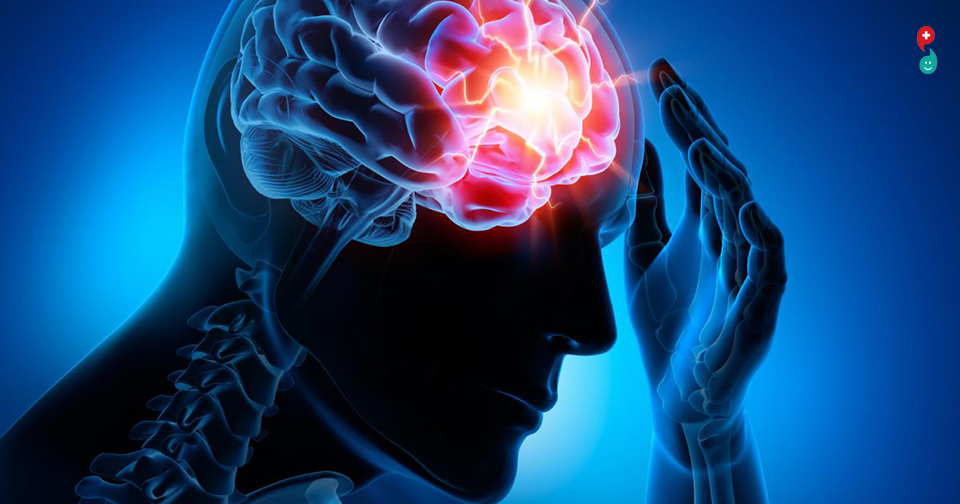
Epilepsy
Epilepsy is a broad term used for a brain disorder that causes seizures. There are many different types of epilepsy. There are also different kinds of seizures.
There are many types of seizures. Most seizures end in a few minutes.
These are general steps to help someone who is having any type seizure:
Stay with the person until the seizure ends and he or she is fully awake. After it ends, help the person sit in a safe place. Once they are alert and able to communicate, tell them what happened in very simple terms.
Comfort the person and speak calmly.
Check to see if the person is wearing a medical bracelet or other emergency information.
Keep yourself and other people calm.
Offer to call a taxi or another person to make sure the person gets home safely
When most people think of a seizure, they think of a generalized tonic-clonic seizure, also called a grand mal seizure. In this type of seizure, the person may cry out, fall, shake or jerk, and become unaware of what’s going on around them.
Here are things you can do to help someone who is having this type of seizure:
Ease the person to the floor.
Turn the person gently onto one side. This will help the person breathe.
Clear the area around the person of anything hard or sharp. This can prevent injury.
Put something soft and flat, like a folded jacket, under his or her head.
Remove eyeglasses.
Loosen ties or anything around the neck that may make it hard to breathe.
Knowing what NOT to do is important for keeping a person safe during or after a seizure.
Never do any of the following things
Do not hold the person down or try to stop his or her movements.
Do not put anything in the person’s mouth. This can injure teeth or the jaw. A person having a seizure cannot swallow his or her tongue.
Do not try to give mouth-to-mouth breaths (like CPR). People usually start breathing again on their own after a seizure.
Do not offer the person water or food until he or she is fully alert.
Managing Epilepsy
Epilepsy can get in the way of life, mostly when seizures keep happening. Sometimes, seizures make it hard to work, go to school, drive, and take part in social activities. When seizures are not controlled, it increases the risk of:
Injury.
Depression.
Anxiety.
In some cases, death.
Sometimes even epilepsy treatment can cause problems such as feeling tired.
What people with epilepsy can do
Self-management is what you do to take care of yourself. You can learn how to manage your epilepsy and have an active and full life.
Successful self-management requires an active partnership between a person with epilepsy, the person’s healthcare provider, and family and friends
What parents or caregivers can do
Talk with your child’s heath care provider to make sure your child’s seizures are controlled as much as possible.
Find ways to help teens live well with epilepsy with CDC’s You are Not Alone toolkit for parents.
Learn more about treatment options for your child with epilepsy, including clinical trials
What health care professionals can do
Health care providers can encourage their patients to participate in self-management programs. Provider support of patient self-management is a key component of effective chronic illness care. A patient is much more likely to participate in proven, free or low-cost, convenient programs with a recommendation from a health care provider.




MPTh, Cardiovascular And Pulmonary Physiotherapist Neuro Physiotherapist, 1 yrs, Pune



